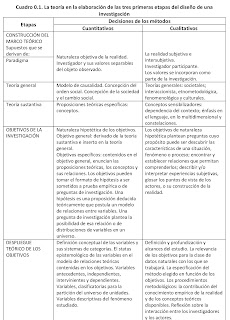ALEXANDER, Christopher: Definition of wholeness
446
Appendix 1
Supplement to chapter 3
Definition of wholeness
The
wholeness, W, is a feature of physical space which appears everywhere, in every
part of matter/space. It is, I believe, susceptible to a clear mathematical
definition and is characterized by a well-defined mathematical structure.
Consider
any region of space, R. We may, for
convenience, impose a grain or mesh on the space, so that the number of points
is considered finite, not infinite. Let us say that R contains n points. In
cases which model the real world, there is usually some “coloring” or
differentiation of type or character among the n points of R, so that
the region has a visible or identifiable structure. The simplest coloring which
produces a structure is a coloring in which some points are black, others
white. In the two-dimensional case, R
would then be a drawing in which we see some particular object. In the case
where the coloring is not abstract, but material, points may be assigned labels
corresponding to actual physical materials; for example, they might include
solid and void, or various physical or chemical attributes. The region R is
thus intended to represent a part of the real world in its overall geometric
form and organization.
I shall now
explain how to construct a wholeness W
on the region R. Within the region of space R,
which contains n points, there are 2n
distinguishable subregions. Call a typical one of these subregions Si.
In what follows, we construct W by
recognizing that there are different relative degrees of coherence which may be
observed in the different subregions Si.
It is
common fact of experience that we see regions of space which have different
degrees of coherence. For example, we consider an apple to be coherent If we
consider the set of points that consists on half the apple, we shall probably
consider it less coherent than the apple as a whole (…)
We do
recognize coherence in the world. This coherence, is just that attribute which
I have referred to throughout Book I as life. The structure of the wholeness W relies on the fact that we shall make
such distinction of life explicit, and use them to erect a structure.
To make the
idea of different degrees of life explicit, we introduce a measure of life c, on the subregions of R. Call each possible subregion of R, Si, where i ranges from 1 to 2n. The
life of the i-th subregion Si
is the to be ci. Each ci is a number between 0 and
1, and every subregion of R is to be
given its measure of life. The most coherent regions have a ci which is 0 or close to 0.
447
In all that
follows, regardless the specific definition of c, ci, is simply to be understood as some measure of
relative life, in which the most coherent regions Si have a life 1,
the least coherent have a measure 0, and others have intermediate values.
I call the
most coherent subregions of R, centers. A region will be considered
more or less centered according to its life. The most coherent subregions Si,
which have a ci close to
1, will be called the centers of R. Even among the centers, there are still
degrees of relative life -some are more coherent than others- but all of them
establish, through their life, a phenomenon of centeredness in space.
(…) the wholeness
W is to be understoond as a system of
center, containing the most coherent regions in R, rank-ordered according to their relative degree of life.
(…)
I define the wholeness W
as the system which is created by the region R, together with the measure c
and all those subregions which have measure more than some threshold and thus
qualify as centers. For some practical purposes, the wholeness W is created by the interaction of the
geometry of the region R and the rank
order which is created on the centers of R by c.
(…) the
character of a configuration is given by the particular system of subregions
that are connected, and by the way these connected subregions overlap and lie
within each other.

Comentarios
Publicar un comentario